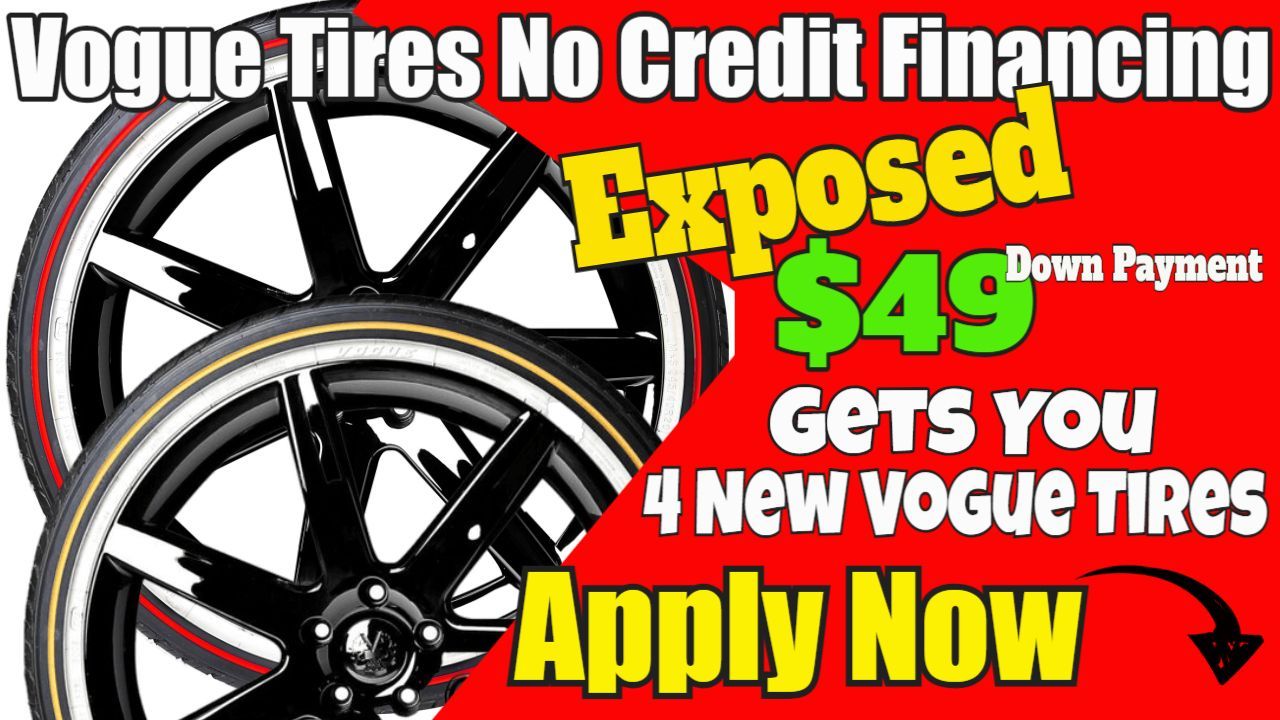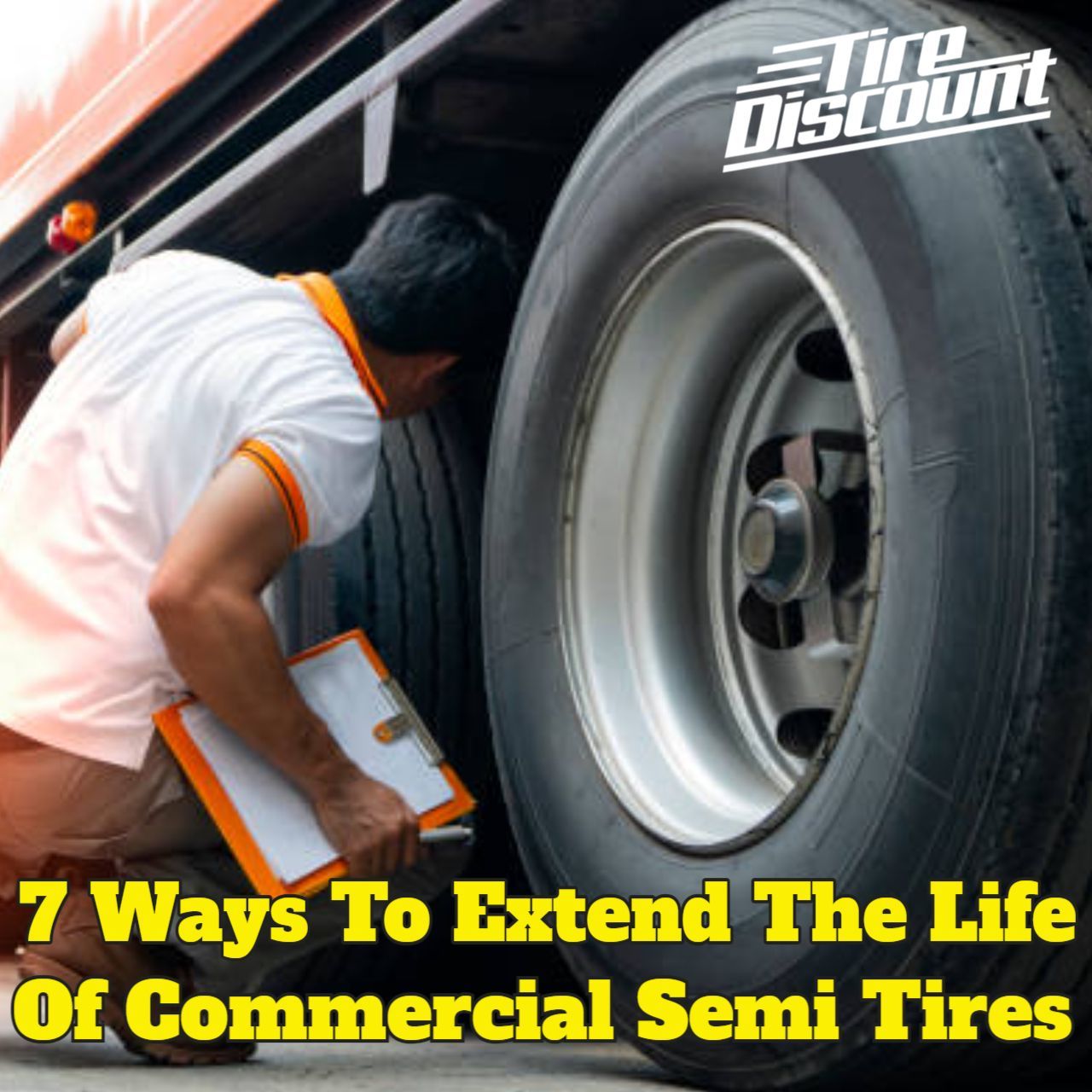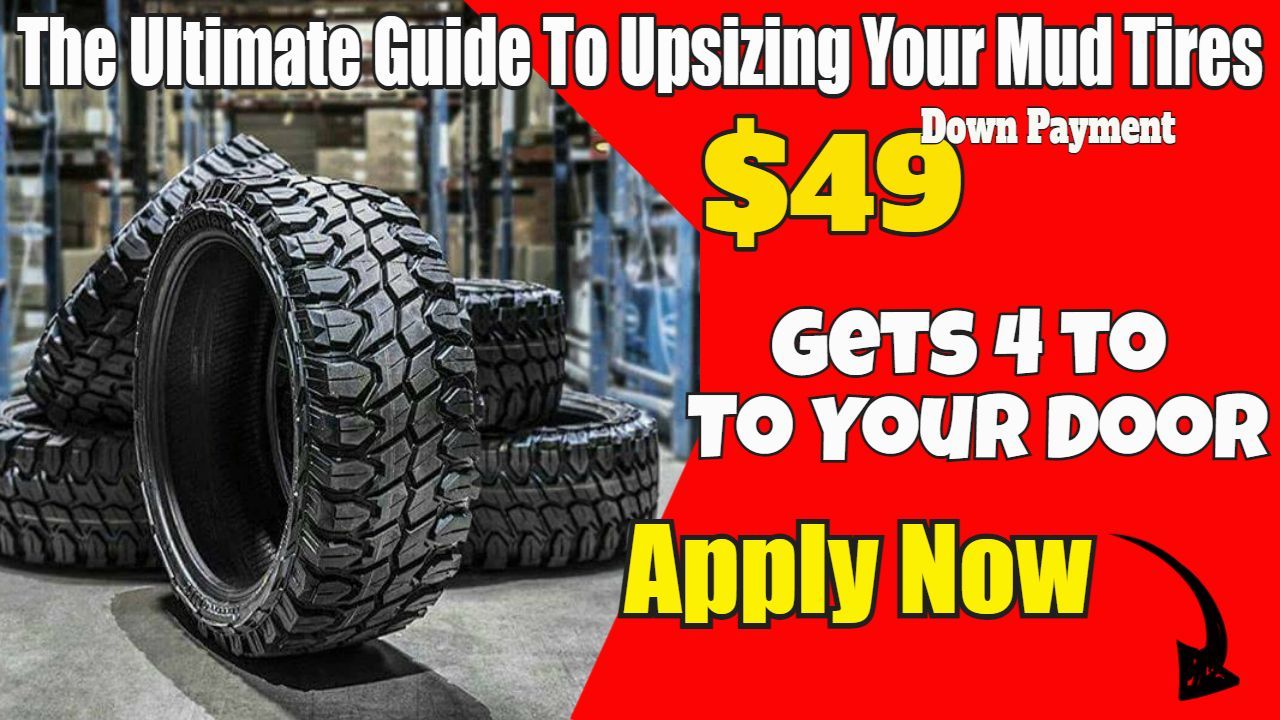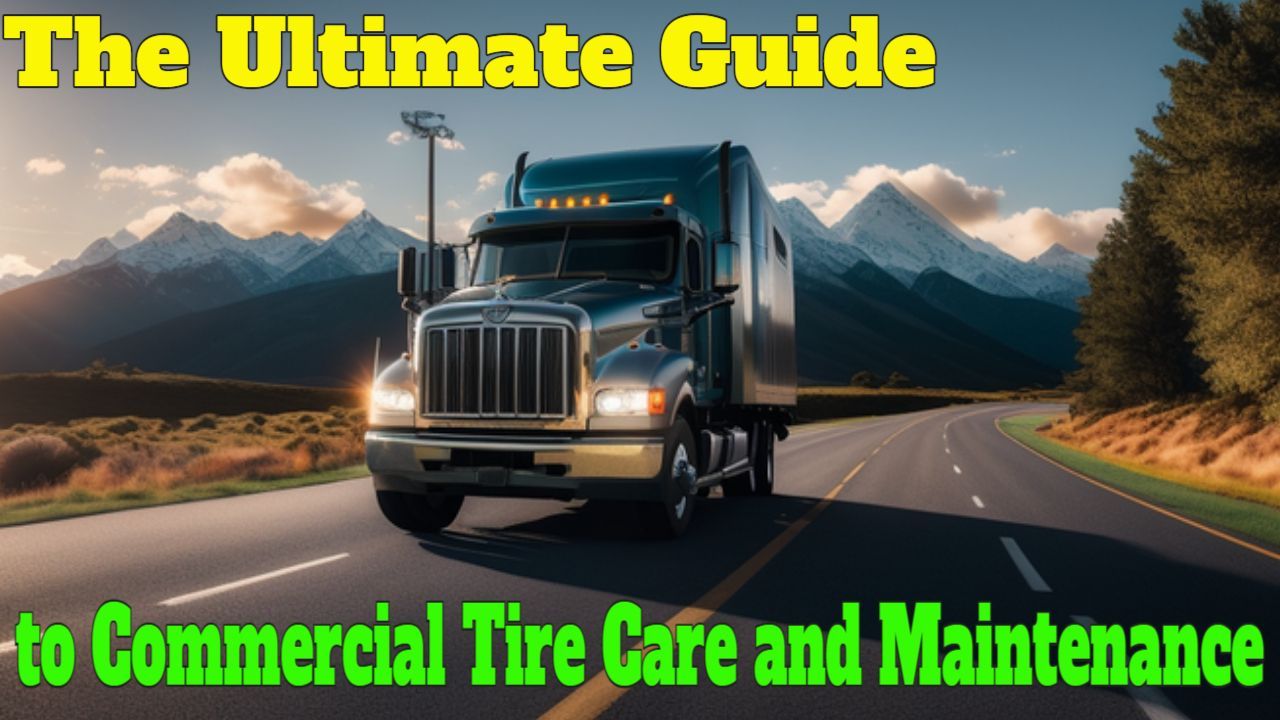And Should You Buy Them?
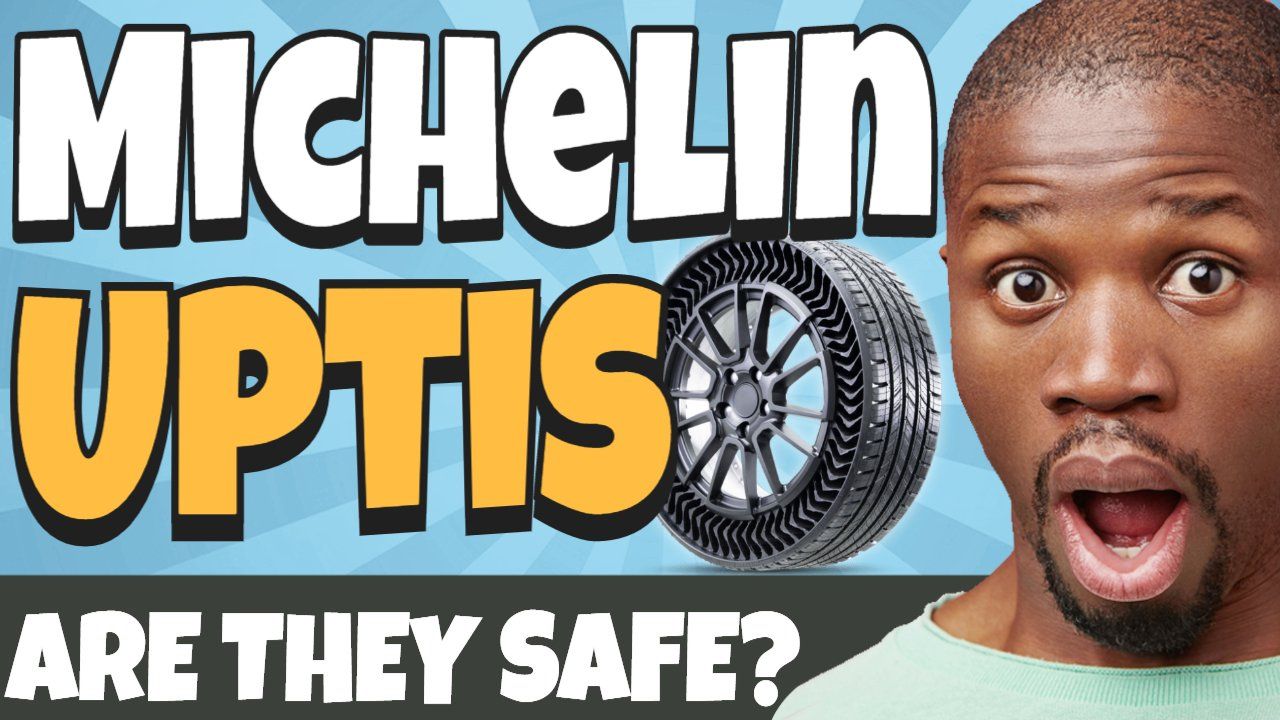
MICHELIN® UPTIS ARE THEY SAFE?
So we all know MICHELIN® is the number one selling tire brand in the world, right? And it would stand to reason that when they "roll out" a new tire it would be completely tested and safe. But hey, even Toyota has recalled, i.e. the sticking gas peddles.
So it's not a bad idea to investigate a revolutionary new concept for a tire.
MICHELIN® plans on bringing these to market in 2024, thanks to a partnership between MICHELIN® and General Motors®.
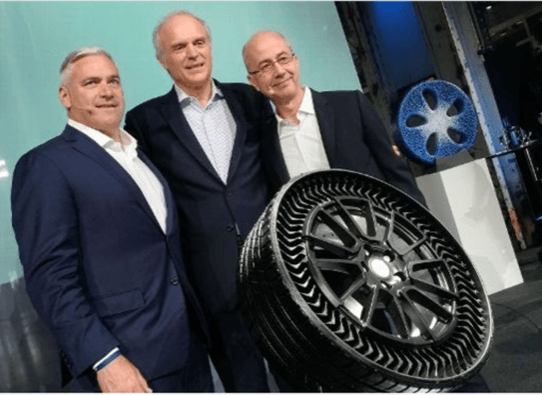
MICHELIN® touts the new Uptis as;
THE FIRST AIRLESS MOBILITY SOLUTION FOR PASSENGER VEHICLES
Airless technology that eliminates the risk of flats and rapid pressure loss and reduces environmental impact. Presented to the world at the Movin’On June 2019 summit for sustainable mobility, UPTIS marks the first step on the road to making the VISION concept a technological reality.
MICHELIN® claims Airless technology enables Uptis to reduce the risk of flat tires and other air loss failures that result from punctures or road hazards.
According to a study, 20 percent of the tires produced yearly are discarded due to flats and rapid pressure loss or irregular wear and tear caused by poor tire pressure. That's equivalent to a total of 200 million tires that don't finish their intended purposes.
So far that sounds like these tires will be safe from a road hazard perspective but what about drivability?
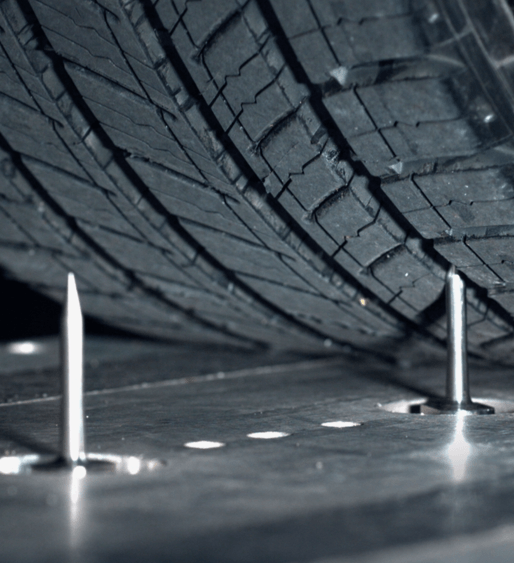
The Uptis is Puncture-Proof
MICHELIN® will test Uptis in the real world with General Motors. GM will outfit a fleet of its Chevrolet Bolt EV hatchbacks with the concept tires for road tests in Michigan later this year. Both companies said Uptis-style tires could be found on production passenger vehicles as early as 2024.
Watch A Mini Cooper SE Ride On Michelin Uptis Airless Tires
Michelin touts the benefits of the Uptis as needing no maintenance. In fact, they advertise that the Michelin airless tires won't even have to be rotated. Since they don't go flat, you can get rid of that spare tire and reclaim your trunk space, as well.
So should everyone in America be planning to run out and grab four of them? That may not be a good idea.
Why Aren't Airless Car Tires a Good Idea?
It would be nice to think that, in just a few short years, we could have a better tire. While these qualities sound great, when compared to pneumatic tires, it still seems that the pros are far outweighed by the cons:
- Heavy
- Slow
- Traps heat
- Less comfortable
- Inadequate suspension
- Can be damaged
- Lacks versatility
You might think that the tire with nothing but artificial rubber spokes would be lighter than a traditional tire. You would be wrong. They actually use compressed plastics and rubber tread to give the tire functionality, which in turn makes it heavy. Why is that important? Heavy tires equal less fuel economy.
If you envision racing through the countryside with no worries of a blowout, you may need to adjust your expectations. Michelin's tweels for cars have never been rated for anything but low-speed driving.
Part of the reason is that they trap heat. Without air, the heat created from the friction on the road cannot be dissipated, meaning increased chances of overheating, damage, or failure.
Non-pneumatic tires have increased rolling resistance. Rolling resistance means that the more surface area comes in contact with the road, the more drag on the vehicle.
With traditional tires aired to the correct PSI, the surface area is reduced, resulting in a smoother, quieter ride. Airless tires have inadequate suspension for an enjoyable road trip, sacrificing smoothness and sound buffering abilities, resulting in a less comfortable and much noisier ride.
The advertised lack of maintenance combined with no need for a spare would tend to indicate an almost indestructible tire. However, that is far from true. The spokes that create the main structure of the Michelin airless tires can be cut or torn, and the resulting damage can render them unusable.
Considering that they are susceptible to overheating, there is also a risk of the tread separating from the outer band and other heat-related deterioration.
If you are traveling across the country or even traveling in your home area during changing seasons, it is sometimes necessary to adjust the air pressure in your tires to adapt to different driving conditions.
For instance, it is recommended to reduce the PSI for driving in icy conditions to increase the tread's grip on the road. With airless tires, there is no way to adapt to changing weather conditions or road surfaces.
So, are they safe??
That remains to be seen! With a few years out before they come to market we'll just have to wait and see. As for now, we'll let you know of any new developments related to these promising new tires.
If you've heard any news on the Uptis please share in the comments below!
Thanks for reading!
- 2024 Copyright © TDTIRES.COM LLC All Rights Reserved
- *Universal Disclosure: Ownership by rental/lease agreement with Progressive Leasing costs more than the retailer’s cash price. Select items only. Cancel or purchase early at any time. Not available in MN, NJ, VT, WI, WY.
- No Credit Needed: Progressive Leasing obtains information from credit bureaus. Not all applicants are approved.
- 90 Day Disclosure: Standard agreement offers 12 months to ownership. Early purchase options cost more than the retailer’s cash price (except 3-month option in CA) To purchase early, call 877-898-1970
- Initial Payment: The initial payment (plus tax) is charged at lease signing. Remaining lease payments will be determined upon item selection.


